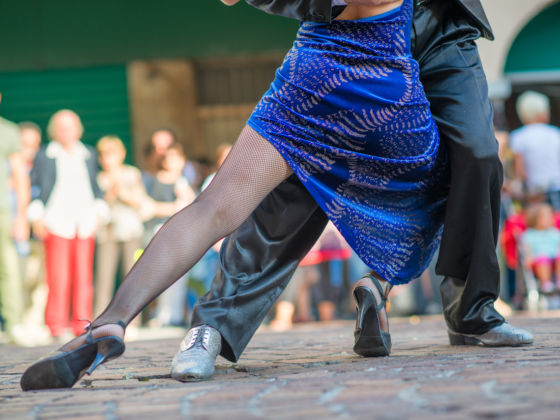THEIR VINEYARDS ARE turning out good vintages, the architecture is Paris-like, there is an abundance of culture and adventure, and it’s all there to be had for a fraction of the cost.
Part of this is what led Camille Cusumano to extend her brief jaunt to Buenos Aires into a full-fledged expat’s life for over a year (even now in San Francisco she yearns to cross the Equator again).
